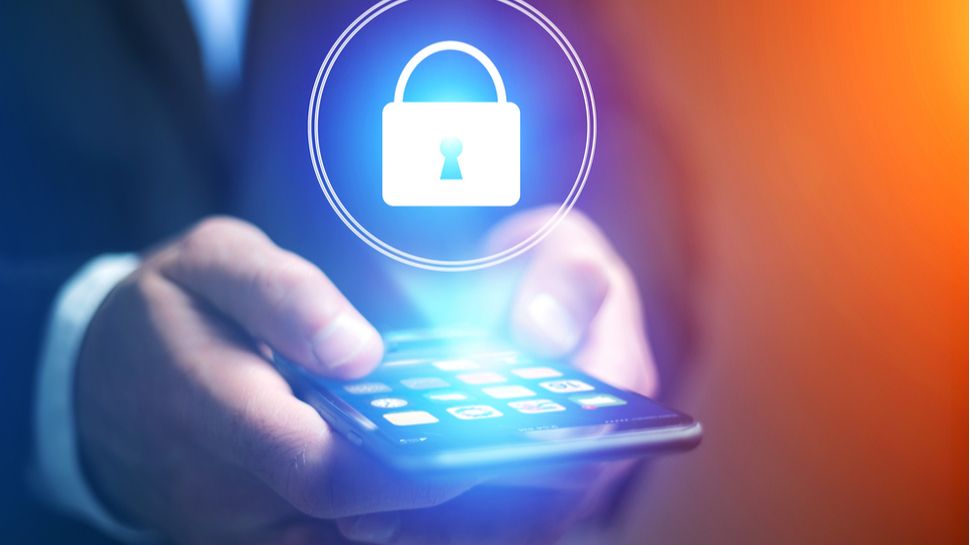
In March, the US Agency for International Development (USAID) employees faced abrupt dismissal by the newly formed Department of Government Efficiency (DOGE). This agency-on-agency downsizing left many employees in security limbo – without jobs but with access to government-issued devices.
There was no immediate revocation of endpoint credentials, remote lockouts, or retrieval of the hardware and its crucial data. “The agency doesn’t even know how to turn off access to the systems for everyone on administrative leave,” said a former deputy administrator.
While unintended, these abrupt public service cuts created endpoint and cybersecurity holes. USAID manages sensitive geopolitical information and yet there was no reliable mechanism to de-provision devices.
This situation highlights a common weakness across federal agencies – device footprints are often large and poorly administered, thereby turning every endpoint into a potential backdoor.
This just isn’t good enough. Let’s look at what every government agency requires to better manage, monitor, and protect its endpoints.
Don’t let ghost devices haunt public sector networks
First, cuts without security planning exacerbate the problem of “ghost devices”: endpoints that disappear without proper offboarding end up as unknown and unseen attack vectors. These invisible laptops, phones, and tablets across government networks become much more likely when endpoints take a backseat to efficiency.
Unfortunately, agencies solely focused on the budget bottom line often fail to invest in systems that precisely show what devices are on the network, which are active, and who’s using them. Not having this kind of information creates a security headache and inefficiency in the race to efficiency.
When restructuring happens overnight, endpoint management strategies help agencies maintain control even when human resources processes are chaotic. The last thing admins want is to manually track down endpoints by relying on spreadsheets, email trails, or someone’s memory.
If efficiency is the goal, agencies should recognize that dealing with lost or compromised endpoints is ultimately more expensive and embarrassing than investing in proper mobile device management (MDM) from the start.
Don’t wait for trouble to call IT
Likewise, with no forcing function or endpoint system in place, response times suffer. The period between when devices go missing or when users leave their positions and admins step in is vital. But understaffed and under-resourced IT teams can create dangerous lags. In this window, bad actors can crack devices to copy files, exploit credentials, and intercept sensitive communications.
If a unified endpoint management solution had been in place at USAID, it would’ve been significantly easier and faster to account for each device even after the dismissals. Access could have been revoked remotely and the data wiped clean – a win for cybersecurity that sidestepped the ensuing bad press.
Another good way to avoid this scenario is by controlling who can access what data and when. This is possible with access and identity management platforms, and most effective when coupled with zero trust. This principle ensures that no device or user is inherently trusted and creates additional security layers that verify each access attempt. This way, even if a device falls through administrative cracks, these systems in concert limit the damage by preventing unauthorized access.
To be truly efficient, government networks need to shift from reactive to proactive postures. This means automated alerts when devices go offline in unusual circumstances, geolocation tracking, remote locking capabilities, and emergency wiping protocols. Whether devices are halfway around the world or down the hall, giving admins these powers goes a long way to nipping live threats in the bud.
Ironically, this approach actually maximizes the value of government technology investments throughout their lifecycle and helps achieve the stated desire for public sector efficiency.
Don’t let good tech die young
Government efficiency initiatives often focus on headcount when significant savings can be found in the total cost of tech ownership. The federal government spends almost four times more on technology per employee than other industries. Agencies can lower this figure by improving how they recondition endpoints and return them to the frontlines.
Effective endpoint management creates genuine efficiency by allowing agencies to remotely reset laptops and redeploy them with fresh policies. As a result, rather than premature retirement, admins and agencies can extend hardware lifecycles for substantial savings. This approach also advances sustainability goals and addresses equity gaps when properly wiped devices are redeployed to underserved agencies or programs.
Going forward, the public sector must think holistically about what it’s cutting. Decision-makers must consider both the human cost – thousands of careers disrupted and institutional knowledge lost – and the technical implications of such rapid workforce changes. Frank discussions with admins about how these decisions affect the broader ecosystem are therefore essential.
Letting people go while ignoring their device access and data security is unacceptable. Agencies need both protocols and platforms to ensure devices can be remotely managed and appropriately reassigned. Improved endpoint management won’t solve every challenge in the public sector, but it can help put agencies back in control of their devices and destiny.
We’ve featured the best endpoint protection software.
This article was produced as part of TechRadarPro’s Expert Insights channel where we feature the best and brightest minds in the technology industry today. The views expressed here are those of the author and are not necessarily those of TechRadarPro or Future plc. If you are interested in contributing find out more here: https://www.techradar.com/news/submit-your-story-to-techradar-pro


Leave A Comment